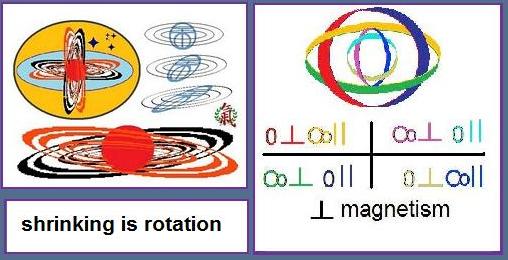Wednesday, August 20, 2014
QUASIC N-BODY PROBLEM
QUASIC N-BODY PROBLEM August 20, 2014
L. Edgar Otto Eau Claire, Wisconsin
* Three bodies xyz can share a spacious point of minimum bounded content at singularity.
* Three 'pixels' of separate xyz coordinates quantize the shared forces of pixel distances Qdx.
* Any three may be in adjacent dimensions.
* The pixel boundary mirrors each pixel, epsilon-delta equals unity.
* The epsilon-delta and delta-epsilon may affect the unity differently, unity to the nth.
* These may suggest disjoint reverse holographic principles where a string of three items two appear and a third hidden but uncertain which one, and it be relativistic.
* The patterns may move congruently or may intrinsically spin relative to spacious neutrality.
* Such forces may overlap, not overlap, or partially do so.
* Parallel implied centers of structure may shift (toward or away from a center) and be viable or equivalent unto the product of quasic dimensions.
* A pixel may vanish or arise from a set into its real or implied mirrors, or may exist unseen in the background.
* Observed effects from point or spacious singularity may restart emergent dimensions with Omnic measure and weights and even at rest as absolute successive superdetermined motion continue from initial pixel states.
* The pixel count of a totality may loop or complete a quasic structure as self-limiting and information may be lost or reduce to cycles of lower dimension containing double explosions of the whole.
Subscribe to:
Post Comments (Atom)



No comments:
Post a Comment